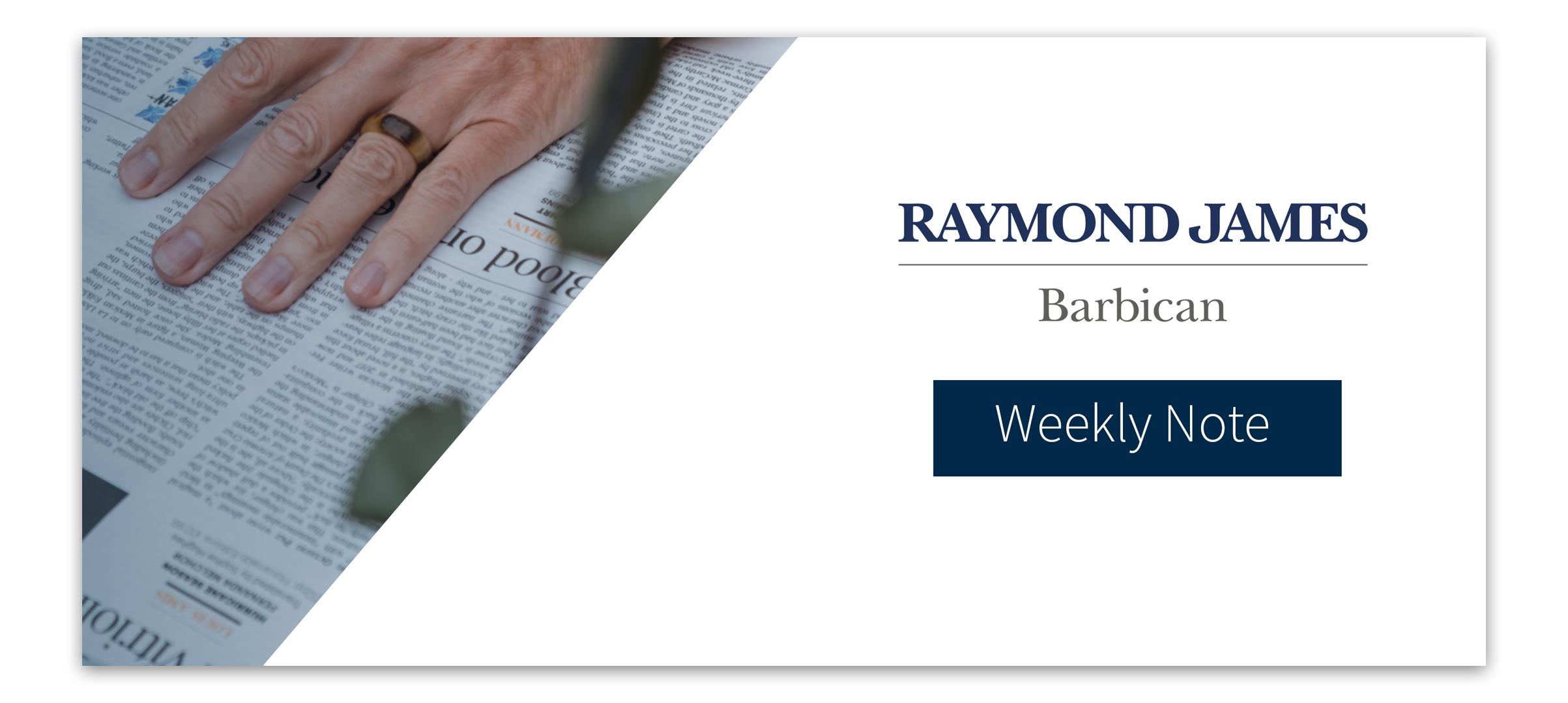The heightened volatility that has plagued markets over recent weeks continued over the past five days. A theme for this year has been the positive correlation between equities and bonds, which has proved challenging. However, this week, despite seeing weakness in equity markets, bond prices (at the time of writing) are higher.
Starting with the UK, we received weaker than expected GDP data, which showed the economy contracted by 0.1% during March. With low consumer confidence and high inflation, demand was weaker than anticipated. Higher household energy prices from April will likely cause a drag on next month’s GDP figures and we could see a further contraction in the economy. April’s retail sales figures were weak, as the cost-of-living squeeze impacted spending. However, spending on travel and international holiday bookings has surged above pre-pandemic levels, with people keen to travel abroad once more. Spending on hotels, accommodation and resorts was 16% higher compared with April 2019. At a market level, UK equities have struggled this week, although equities are rebounding at the time of writing. Government bond yields have fallen this week (prices rise) as investors have become increasingly nervous about the economic outlook for the UK following poor GDP data.
US inflation data on Wednesday provided mixed messages. Inflation came in at 8.3%, which was lower than the previous month’s 8.5% figure. However, core inflation, which strips out volatile items such as energy and food, was up 0.6% month-on-month, versus March’s figure of 0.3%. US equities ended Wednesday in negative territory once more, with the tech-heavy Nasdaq index down over 3%. US government bond yields have fallen below 3% this week as investors begin to question whether the central bank will be able to engineer a ‘soft’ landing – that is cooling inflation without stalling the economy. Rising bond yields have proved a headwind for equity markets, and there is the potential for the recent fall in bond yields to begin to provide some support to US equities. At a business level US companies continue to trade well, with high levels of earnings and revenue ‘beats’ for Q1 2022 earnings season so far.
Russian tensions with western Europe looked like escalating on Friday with Finland’s leaders stating that their country should join Nato. The immediate retaliation from Russia is likely to be the switching off of Russian gas supplies to the country, pushing European gas prices higher. Rising energy prices have put pressure on governments in Europe and the UK to provide some form of assistance. Spain have looked to tackle this with plans announced for a price cap that limits gas prices used to produce electricity. It will be interesting to see if other nations follow suit.
Crypto markets were sent into a tailspin this week with the popular Luna coin losing over 98%. The estimated losses stand at around $15bn. The incredible decline highlights some of the risks of this immature asset class and is why we do not yet consider it as an investable asset.
The last month or so has been a particularly challenging period with price declines across the board. Economic data is beginning to indicate that US inflation may be peaking, and this could provide support for all asset classes. We continue to tread a path of diversification across geography and asset class, while seeking out long-term investment opportunities. One area we currently like is infrastructure. Not only does infrastructure offer an element of inflation protection, while also historically providing better downside protection than equities, we think the sector will benefit from two long-term structural tailwinds; the energy transition and energy security.
Andy Triggs | Head of Investments, Raymond James, Barbican
Risk warning: With investing, your capital is at risk. The value of investments and the income from them can go down as well as up and you may not recover the amount of your initial investment. Certain investments carry a higher degree of risk than others and are, therefore, unsuitable for some investors.

